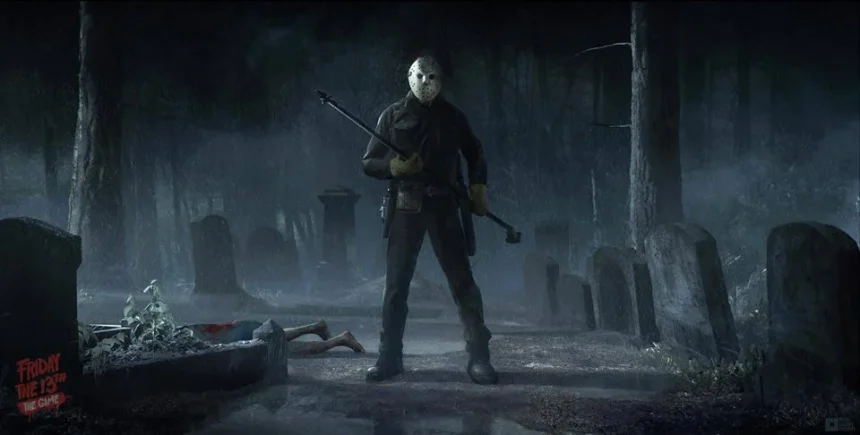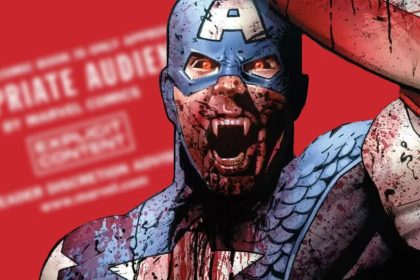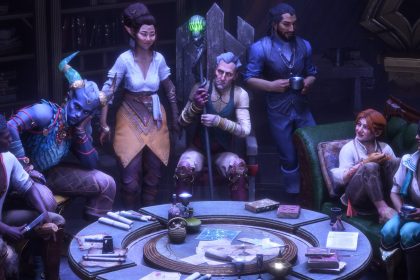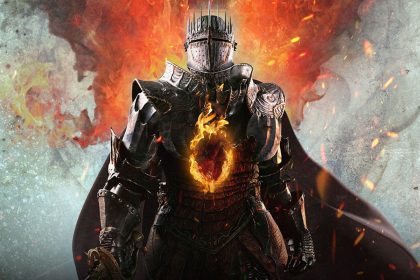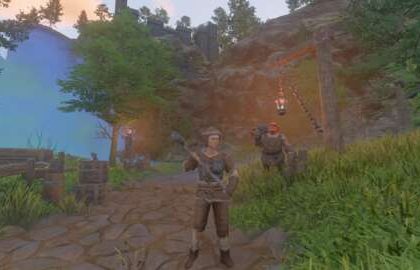“Friday the 13th: The Game” emerged from a successful Kickstarter campaign, drawing attention with its promise to faithfully recreate the horror of the iconic film series. Directed by Sean S. Cunningham and featuring contributions from horror legends like Tom Savini and Kane Hodder, the game aimed to immerse players in the tense, atmospheric world of Jason Voorhees and Camp Crystal Lake.
Players could take on the role of either Jason or one of the camp counselors, each session unfolding as a high-stakes asymmetrical horror experience. As Jason, the objective was clear: hunt down and eliminate all counselors. Conversely, counselors faced multiple paths to survival, from repairing vehicles and calling the police to simply outlasting the night until time ran out.
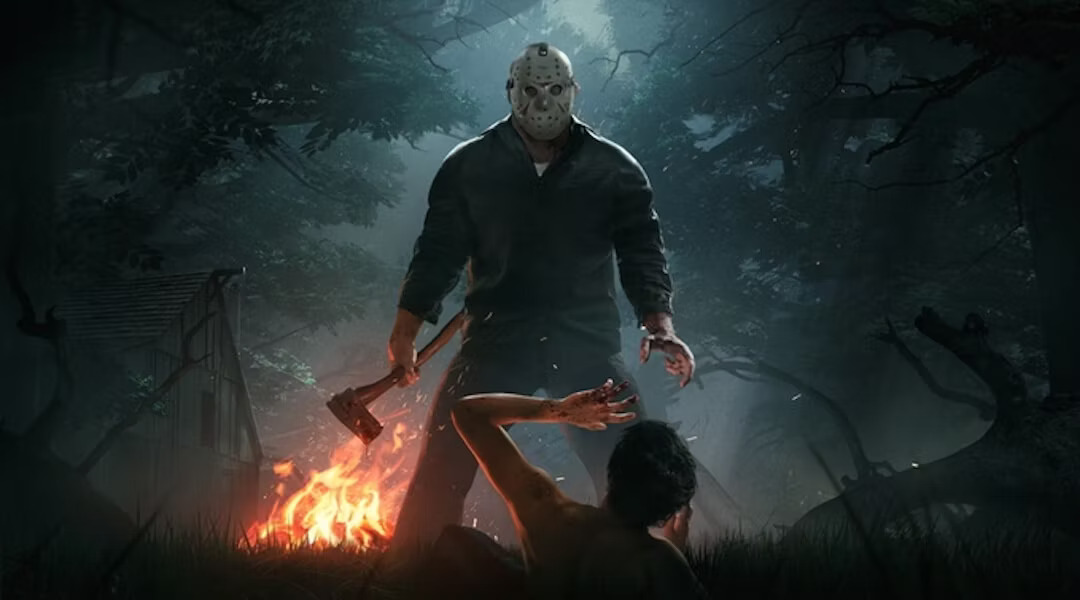
The game’s success lies in its ability to generate dynamic, player-driven narratives. Each counselor possessed unique strengths and weaknesses, influencing gameplay strategies. Stealthier counselors could evade Jason more effectively, while others excelled at repairing and navigating the environment under pressure.
Despite technical issues and occasional glitches, “Friday the 13th: The Game” maintained a loyal fanbase drawn to its authentic depiction of the film series’ tension and suspense. Glitches, while frustrating, often added unexpected twists and moments of dark humor, such as Jason getting stuck or encountering bizarre map configurations.
Legal disputes eventually halted the game’s development and DLC, leaving it in a compromised state. Yet, its legacy endures as a testament to the passion and creativity of its developers and the enduring appeal of interactive horror experiences. For many fans, the game served as a gateway to a deeper appreciation for horror storytelling and the unique narrative possibilities offered by interactive media.

